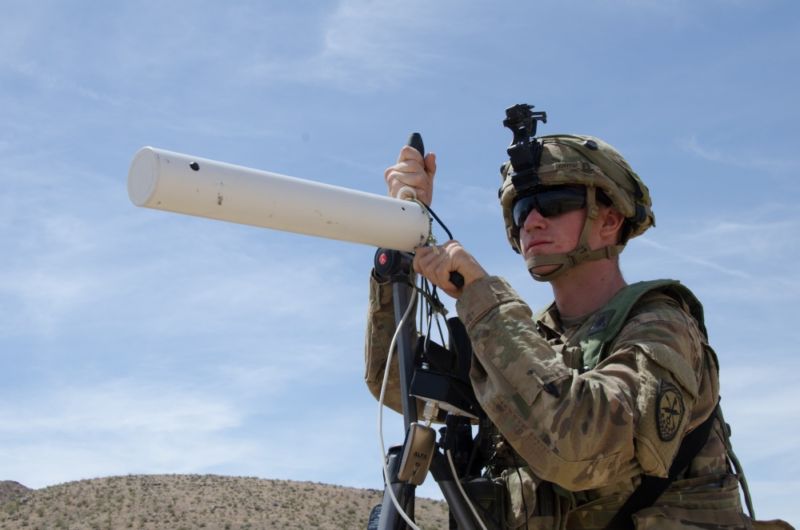C. CHRISTINE FAIR
CORRECTION: This article originally and unfortunately referred to Moeed Yusuf as a proxy of Pakistani officials. Due to a serious editorial lapse, for which I take personal responsibility, this was not removed prior to publication. It absolutely should have been removed and we are implementing stricter editorial practices to help ensure something like this does not happen again.
Dr. Yusuf is a well-regarded and valuable member of the South Asia security community. War on the Rocks does not endorse Prof. Christine Fair’s baseless characterization of him as a “proxy” and we regret that we published it due to an oversight. Dr. Yusuf’s body of work on democracy, militancy, and a host of other issues offers valuable contributions to U.S. policymakers, academics, government officials, and security practitioners. We offer our sincere apologies to Dr. Yusuf as well as to our readers who rightly hold us to a higher standard. It is absolutely vital that we engage in public debate without personal attacks. -Ryan Evans, editor-in-chief
For the last 16 years, the Washington policy community has debated how the United States should deal with its problematic partner in its war in Afghanistan: Pakistan. During the Obama administration, there was a growing consensus that Pakistan was the problem, even if there was no agreement on how to manage it. Despite disagreements, at the end of the Obama administration, there was a grudging acknowledgment that the Washington needed





















